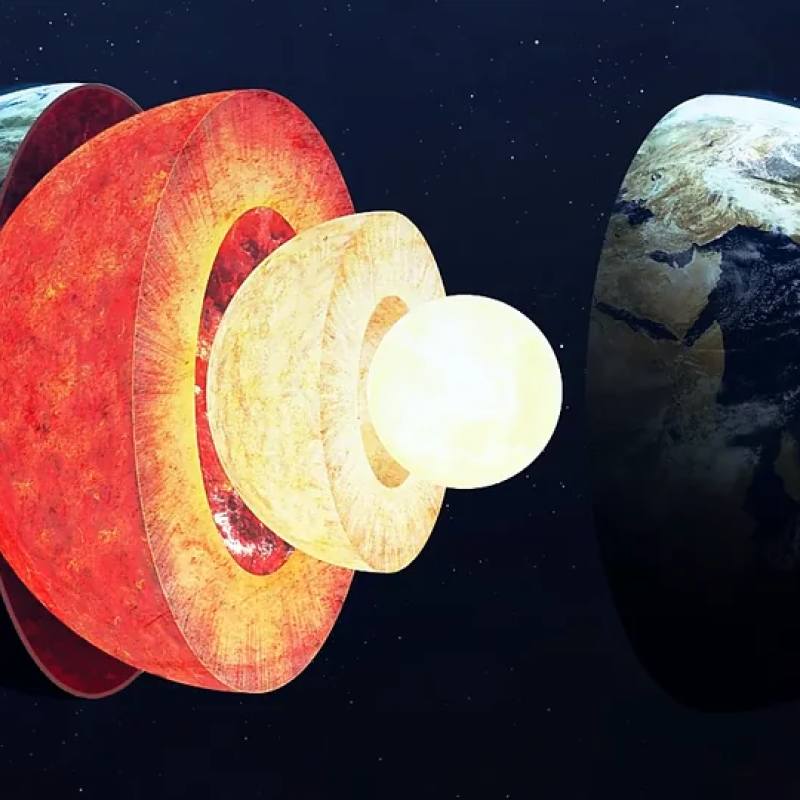The internal constitution of planets: the links between thermodynamics and surface observations

Requires good analytical skills and an interest to work with state-of-the-art computer software for modelling the Earth’s interior. Knowledge of Python or MATLAB or Fortran programming languages will be beneficial. Familiarity with general or chemical thermodynamics and/or mineralogy will be advantageous.
Most of what we know about the internal structure of the Earth (and other rocky planets and moons) comes from the study of seismic waves and other geophysical observations. One of the main goals of modern geophysics is to convert these observations into reliable models of the thermochemical constitution of planetary interiors. The models have a strong predictive power and inform exploration efforts for geothermal energy and critical minerals; both necessary for the energy transition. The conversion of observables into models is achieved via a combination of thermodynamic and geophysical modelling.
Thermodynamic consistency is one of the most fundamental principles of nature; any interpretation of data in terms of temperature, pressure and composition of a system (i.e., the Earth’s interior) needs to satisfy general thermodynamic principles. The most important ingredient towards thermodynamic consistency is the use of appropriate thermodynamic databases for minerals. However, despite being calibrated with laboratory experiments, the reliability of available thermodynamic databases is seldom tested against real-world observations, which cast doubt to their use and validity to study planetary interiors.
In this MSc project, we will assess the performance and reliability of different thermodynamic databases using both geophysical observables and xenoliths (i.e., real pieces of mantle). This project will contribute to the objectives of a much larger project on planetary exploration supported by the European Space Agency.
The main objective of this project is to produce a quantitative assessment of the reliability of three recent thermodynamic databases by comparing their predictions against well-characterized xenolith samples.
For this, we will assemble a collection of no less than 70 well-studied xenoliths from different tectonic settings around the world and use them to assess the performance of the databases in reproducing mineral modes, mineral compositions (i.e., redistribution of elements among phases) and bulk thermochemical and thermodynamic properties available from laboratory measurements performed on the xenoliths. We will then propagate these errors using full probabilistic methods to predictions of bulk physical properties (seismic velocities, etc.) for each mineral as well as for the aggregate using composite theory. The thermodynamic calculations will be performed with the software Perple_X; geophysical calculations will be done using the software LitMod3D_4INV.
Solving the composition of the Earth and other planetary bodies is a non-trivial problem with no definite soilution till date (too many variables and too many different ways of looking at it). It is therefore a ‘wicked’ problem for which no final true answer is available; this research attempts to reduce the space of possible solutions to a practical set usable for exploration as well as for the development of theories about the workings of planetary interiors.
